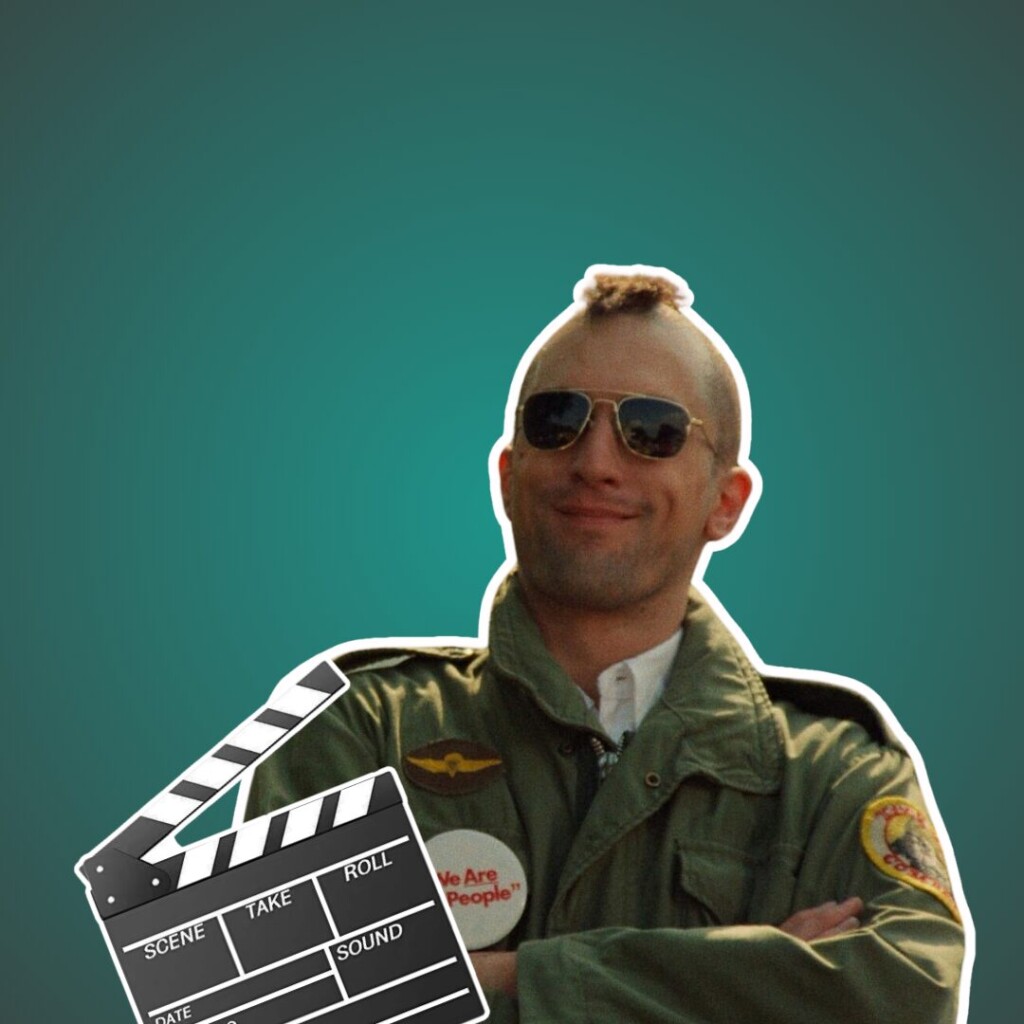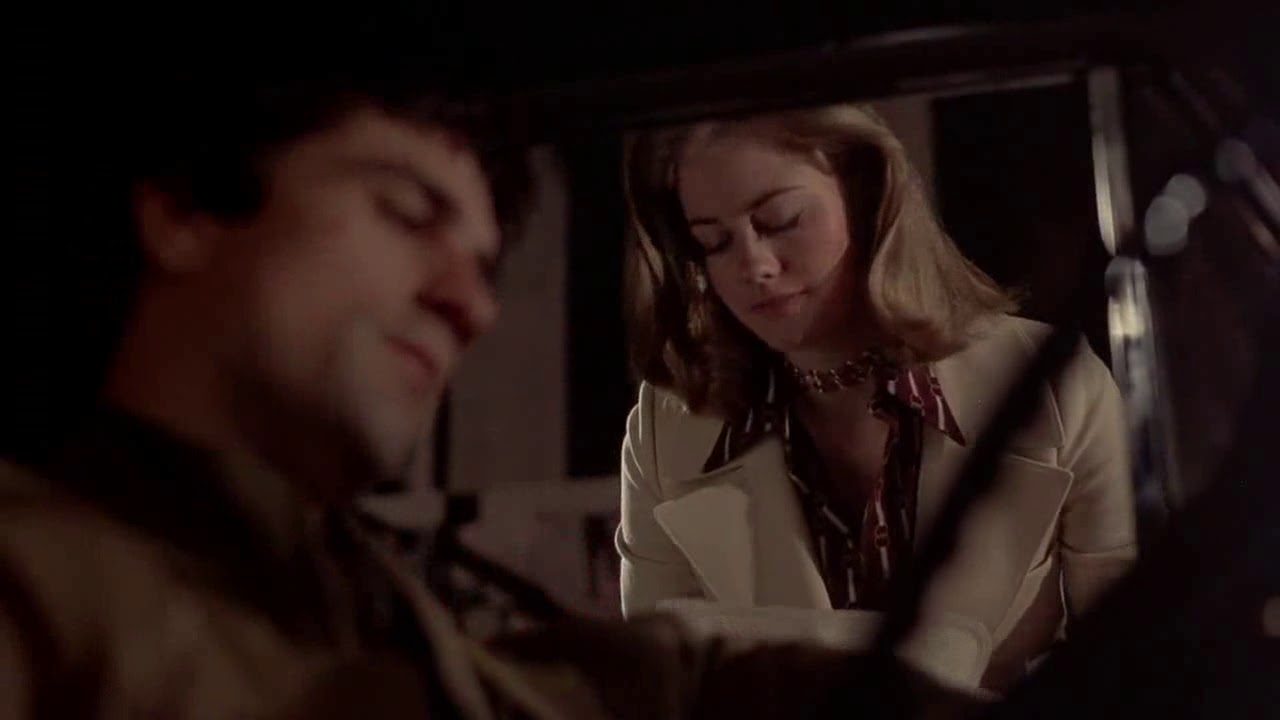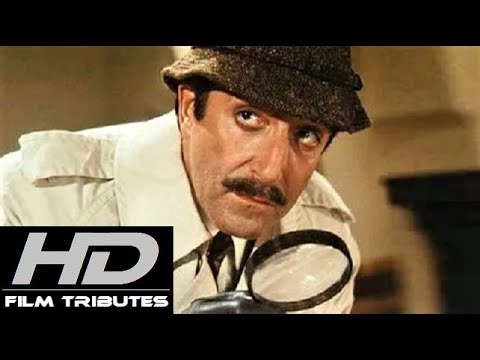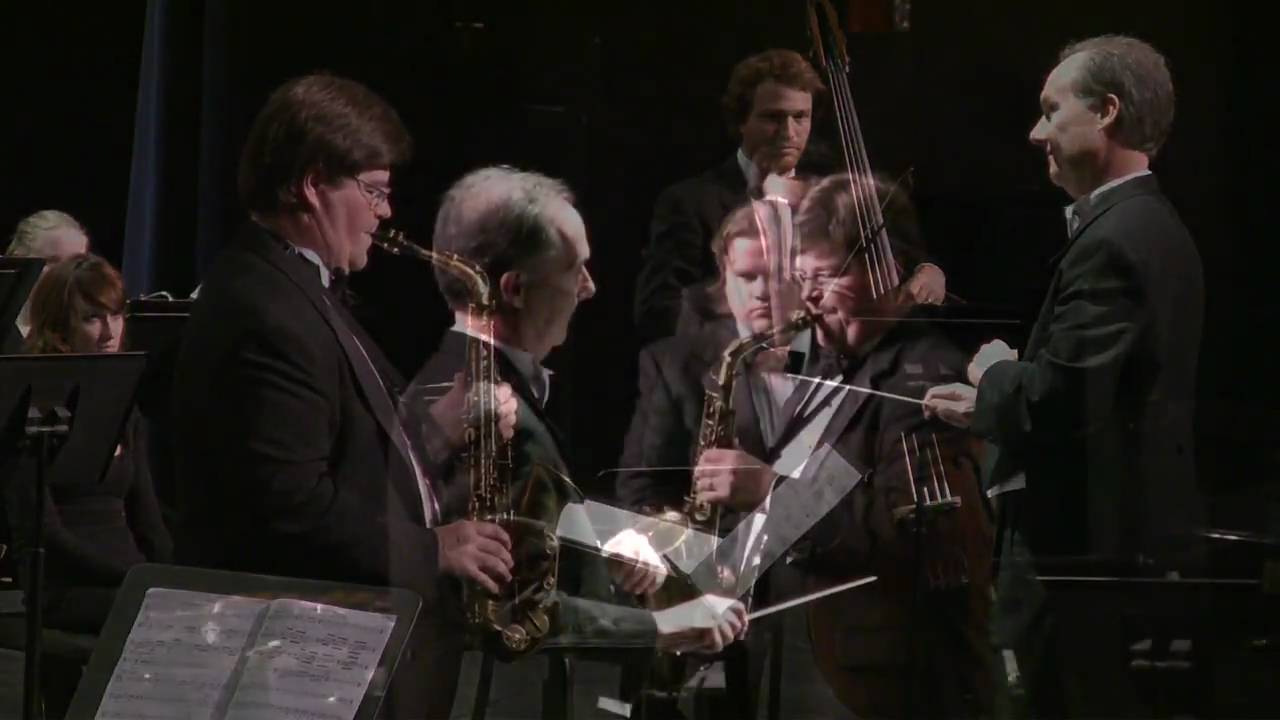The role of saxophone in film soundtracks
The saxophone has a way of leaving a lasting impression on the movies we love. Its smooth, versatile sound can stir up all kinds of feelings from the sultry and seductive to the haunting and melancholic. Over the years, this iconic instrument has played a major role in shaping the vibe of countless films, often becoming as important to the story as the characters themselves. It’s in the hands of a jazz legend or seamlessly woven into a film’s score; the saxophone has the unique ability to set the tone, guide the story, and leave a lasting impression on us as viewers. In this blog, we’re going to dive into some of the most memorable moments where the saxophone really shines in film, adding depth and atmosphere to these cinematic gems.
“Taxi Driver” (1976) – Bernard Herrmann’s
By the time Bernard Herrmann composed the score for Taxi Driver, he was already a giant in film music. Born in New York and a child prodigy, Herrmann showed his talent early. At 20, he had his own orchestra, and in 1941, he made a big splash by composing the score for Citizen Kane with Orson Welles. Over his career, he worked with legendary directors like Welles, Alfred Hitchcock, and Brian De Palma, earning 74 composer credits. Herrmann was known for his bold, memorable themes and his innovative use of instruments to create rich, layered soundscapes.
Herrmann wasn’t just about catchy melodies he liked to experiment. He used instruments in ways that pushed the boundaries of traditional film music. For example, his score for Vertigo is filled with deep emotion and longing, while his work on Psycho delivers a jarring, unforgettable sense of madness. In his first year as a film composer, Herrmann was nominated for two Academy Awards one for Citizen Kane and another for The Devil and Daniel Webster, which won him his only Oscar. His ability to create moody, atmospheric music, like in the opening of Citizen Kane, would later be key to the feel of Taxi Driver.
When Martin Scorsese was working on Taxi Driver, he already admired Herrmann’s work.
As a young filmgoer, Scorsese recognized Herrmann’s music before he even knew the composer’s name. He described Herrmann’s music as “rhapsodic” and knew that this deep, rich sound was exactly what Taxi Driver needed. In Taxi Driver, Herrmann composed a score that perfectly captures the film’s themes of loneliness and alienation. The saxophone, a central part of the score, conveys Travis Bickle’s growing sense of isolation and descent into madness. Herrmann’s music in the film doesn’t just set the mood; it becomes a character in its own right, lingering in the audience’s mind long after the movie ends. This score is a prime example of Herrmann’s genius in using music to enhance a film’s story, making Taxi Driver a true classic.
“The Pink Panther” (1963) – Henry Mancini
Henry Mancini’s iconic theme for The Pink Panther is one of the most celebrated uses of the saxophone in film history. The melody, played on the tenor saxophone, is instantly recognizable and perfectly captures the essence of Inspector Clouseau, the film’s suave yet hilariously clumsy detective. The playful and mischievous nature of the saxophone not only sets the tone for the entire film but also becomes a musical embodiment of Clouseau’s character.
Mancini’s genius lies in how he uses the saxophone to communicate Clouseau’s personality without needing words. The smooth, cool lines of the sax suggest a character who thinks he’s always in control, while the light, whimsical phrasing hints at the chaos that inevitably follows him. This clever use of music adds a layer of depth to the film, making the saxophone a character in its own right one that drives the narrative and enhances the comedic elements of the story.
The theme’s catchy, yet sophisticated melody has made it a lasting piece of popular culture, instantly evoking the image of Clouseau’s bumbling antics even for those who may not have seen the film. Mancini’s composition is a brilliant example of how a single instrument can leave an indelible mark on a movie and resonate with audiences for decades, making The Pink Panther theme a timeless piece of cinematic music history.
Catch Me If You Can (2002) – John Williams
John Williams, possibly the most awarded and distinguished film composer in history, has had a career spanning over six decades. His work is closely tied to the golden age of Hollywood, leaving a lasting mark on the world of cinema. Williams has created soundtracks for some of the most recognized movies ever, earning him numerous accolades, including five Academy Awards and over fifty Oscar nominations a record for any composer.
His collaborations with director Steven Spielberg have been especially fruitful, starting with The Sugarland Express (1974) and continuing through classics like Jaws (1975), E.T. the Extra-Terrestrial (1982), Jurassic Park (1993), and Schindler’s List (1993). In each score, Williams showcases his incredible range and his innate ability to create music that not only serves the film but becomes a character in its own right.
One particularly noteworthy example of Williams’ work with Spielberg is the soundtrack for the 2002 film Catch Me If You Can, which starred Leonardo DiCaprio, Tom Hanks, Christopher Walken, Martin Sheen, and Amy Adams. The album, Catch Me If You Can: Music from the Motion Picture, brilliantly captures the essence of the film’s light yet suspenseful tone. It received critical acclaim and earned nominations for both the Academy Award for Best Original Score and the Grammy Award for Best Score Soundtrack for Visual Media.
Outside of his work with Spielberg, John Williams is likely best remembered for scoring the Star Wars series, where his “Imperial March” and “Main Theme” are globally popular and instantly recognizable. Other major works include the Indiana Jones series, the first three Harry Potter films, and Superman (1978). His flowing melodies, grand orchestration, and emotional depth have made him a central figure in the evolution of film music.
The saxophone’s impact on film music is both powerful and timeless. It’s capturing the gritty streets of New York in “Taxi Driver,” adding a playful twist to Inspector Clouseau’s antics in “The Pink Panther,” or heightening the suspense in “Catch Me If You Can,” this instrument has a knack for elevating the way stories are told in movies. Composers like Bernard Herrmann, Henry Mancini, and John Williams have skillfully used the saxophone to create unforgettable themes that stick with us long after the movie ends. As we continue to enjoy the magic of the movies, the saxophone remains a key player, connecting us to the emotions and experiences that make film so powerful.
Explore more content!
- Top 5 gadgets for Sax Players
- Electronic VS Classic Saxophone
- Top 5 Easy Alto Saxophone Songs for Beginners!
- Electronic Saxophones, the ultimate guide!
- Top 5 Youtube channels for Saxophonists!
- How to play the saxophone without disturbing your neighbors?
- Travel Instruments, every musician must know
Happy reading! 📚🎵
Odisei Music Team 🎷



